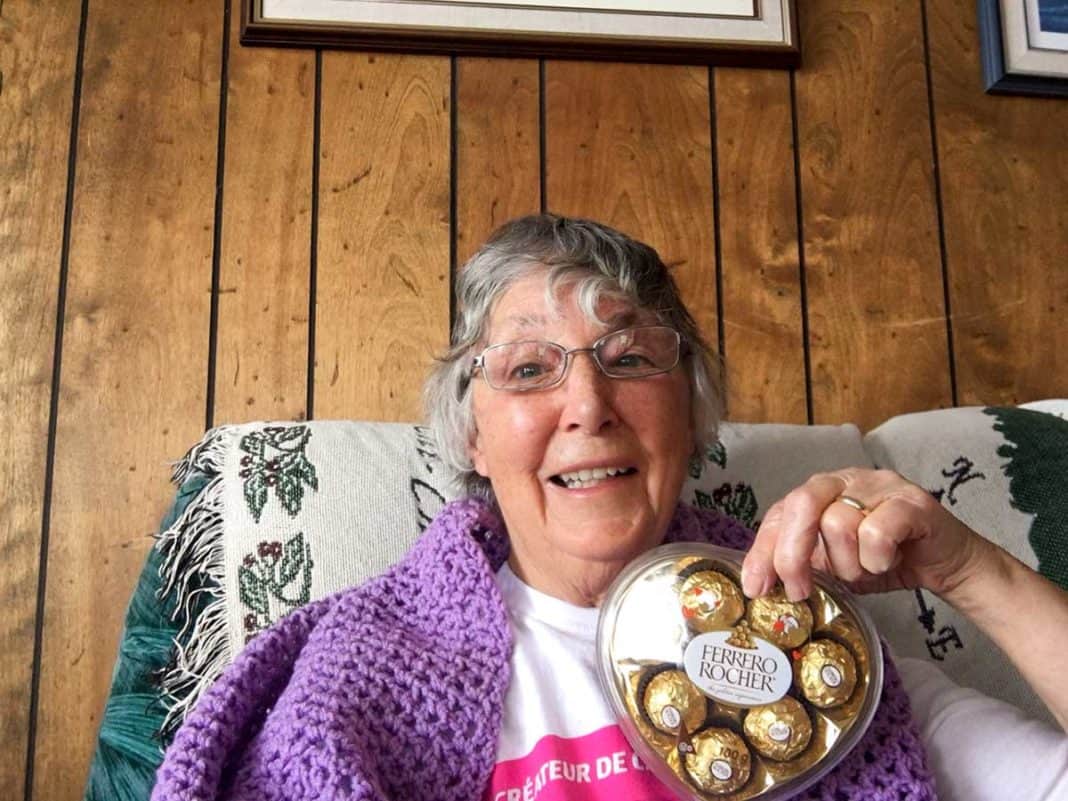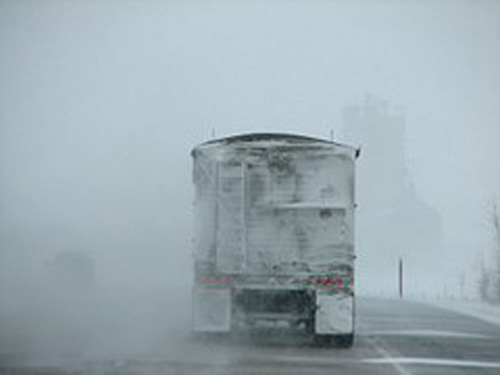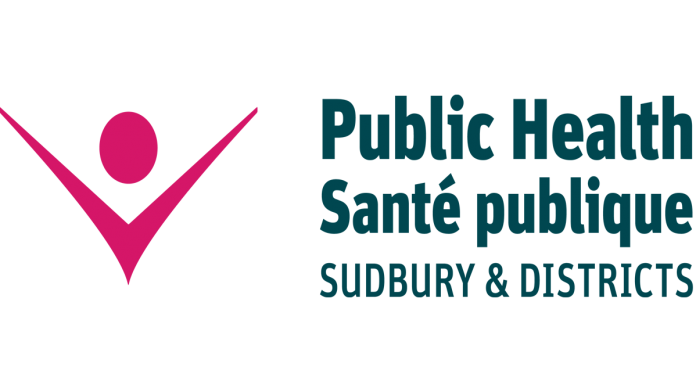Following Hope’s Path: Part XIX of a series
EDITOR’S NOTE: In 2013 retired nurse and midwife Mary Buie approached The Expositor with a mission. She had recently been diagnosed with breast cancer and was wondering whether this newspaper would be interested in chronicling her journey as she faced down the disease. It was with some trepidation that this paper agreed as the eventual outcome was far from certain to be positive. What followed was an engaging 18-part series that leavened a very serious health issue with Ms. Buie’s irrepressible personality. Last week Ms. Buie informed The Expositor that she would once again be facing down cancer. The Expositor has agreed to restart the series ‘Following Hope’s Path’ to once again relay the story of her journey. This series picks up where it left off in 2017 as part 19.
After successfully wrestling cancer to the mat eight years ago, the redoubtable Mary Buie is once again facing off against the big C and she makes it clear she has no intention of tapping out to cancer any time soon.
Readers may recall following Ms. Buie’s previous bout with breast cancer in the 18-part series ‘Following Hope’s Path’ by writer Robin Burridge that began in 2013, shortly after Ms. Buie was first diagnosed with triple negative breast cancer. The final entry in that series came at the five-year mark and was titled ‘Hitting the five-year mark.’ It was a seminal moment for everyone involved as hitting that landmark boded well for the future.
Ms. Buie, a retired nurse and midwife, is renown for her seemingly boundless energy and spirit. She took on that first diagnosis as an opportunity to educate, deflating the bubble of fear that cancer engenders in the public mind. She reached out to The Expositor with the idea of doing a series that would follow her through the entire path to recovery—although recovery was not a given thing at the time, one in four fall along the way.
“After I got past the sleepless nights and thoughts of death, I realized I needed to pick myself up and use my situation as an opportunity—an opportunity to share what I was going through with others and to raise awareness,” she told The Expositor at the time. “I have always used whatever situation I encounter as an opportunity and I decided that this was no different.”
Ms. Buie went on to have a modified radical mastectomy, essentially the removal of the entire breast where the cancer was detected, followed by a course of chemotherapy and then radiation.
“I was lucky, it was just the primary, a tumour in the breast; if it had got to the lymph nodes they would have had to take that as well,” she recalled of that first encounter.
Once her initial surgery, chemo and radiation therapies were completed, Ms. Buie was in for checkups every three months, then every six months and finally annually.
“Triple negative is a very aggressive cancer,” said Ms. Buie. “But if it doesn’t come back in five years it isn’t going to come back.” Ms. Buie passed that five-year mark in 2018.
In the interim, she had participated in an experimental carboplatin regime in a round-about way. “Carboplatin was an old treatment for cancer,” she said. A trial study was following how the treatment impacted cancer survivor’s recidivisms. “My oncologist was happy to add me to the program,” she said. “I wanted the best possible chance of survival.”
Her regimen would normally include a mammogram every two years. “I do one every January,” she said. That and regular chest x-rays.
“I want as much information as possible,” said Ms. Buie. “I want to share it. There is so much cancer around, I want to educate and teach.”
Ms. Buie kept a close eye on her body and what it was telling her every week—and when something didn’t seem right, she did not hesitate to investigate further. What followed was a whirlwind of medical tests and analysis by her health professionals, with her family doctor Dr. Maurianne Reade leading the foray.
On January 15 of this year, it was a mammogram and on January 27 a breast ultrasound on the lymph node, with the results revealing a suspicious shape. Ms. Buie found herself facing a choice, to wait another month or to go forward with a fine needle aspiration. Fine needle aspiration (FNA) is a biopsy technique that involves using a very fine needle and a syringe to draw cells from the suspected region. She opted for the direct approach and went for the FNA on January 22. Then it was time to call in the troops.
“My faith is very important to me,” said Ms. Buie, who credits much of her success in her first bout with cancer to her “prayer warriors.”
The FNA is a delicate and inexact process, with plenty of luck needed to capture the cells that would help indicate where the primary cancer might be located. “I was praying that she would find the cells,” said Ms. Buie. Soon after, she found her prayers had been answered. “They were sent for pathology, that is how it was found.” On February 4 she had a name for her nemesis: small cell carcinoma.
“When the pathology came back my doctor called me immediately,” said Ms. Buie. “She immediately referred me to the Cancer Centre.” Ms. Buie had just been delisted from the centre last year. “The next day, Friday, I got a call from the Cancer Centre setting up an appointment with a radiologist and chemotherapist for the following Monday.”
A more complete CAT scan was quickly ordered to track down any other cancer. “They said ‘we need to know where else it is’,” she said. “Cancer is sneaky; it could be hiding in any part of the body.”
By Wednesday, she had an appointment with the chemotherapist and a bone scan was next on the docket. “The most common places for the cancer to go is to into the bone or lungs,” she said.
Ms. Buie’s regime of tests and scans ran from Monday to Wednesday, with the CAT scans taking place at Health Sciences North in Sudbury on Monday. She settled into the House of Kin on the Sunday evening to be ready for Monday.
Then she went nuclear.
“They inject you with radioactive material that emits gamma rays,” she said. A machine then scans the body looking for hot spots that would indicate an abnormal absorption of the isotopes. “We did all that on Tuesday.”
The scans were not a comfortable experience, but not painful in and of themselves; just an awkward positioning that put a bit of a strain on her. “The MRI is much more specific,” she said.
“It sounds awful, but I liken it to a massage table.” The biggest challenge was the onset of some nausea. The table has openings to accommodate both breasts, “even though I don’t,” she chuckled, referencing her earlier mastectomy.
Being bound in place for some of the imaging was very challenging. “It was very unpleasant,” she admits. “I had some nausea and had to stop before the final few minutes were up; hopefully they got enough.”
Her next appointment was scheduled for February 24.
Ms. Buie is about as far from being someone in denial as one can possibly get. Part of that she puts down to her long career as a nurse. “No, no, no,” she admonished. “You have to accept facts and have a positive outlook. It will help you cope.”
“I get a copy of all my records,” she said. “I pour over them so I have a complete understanding of my health.” Ms. Buie is aided in that pursuit by her long career as a trained nurse.
“Yes, I am scared,” she said. “Very scared. But I know I am not alone. I am surrounded by hundreds and hundreds of friends and family.”
Her admiration for the medical system we enjoy, even here on Manitoulin, is undisguised. “We are so fortunate to have Health Sciences North, the labs, the Cancer Centre, family doctors,” she said. The dedication she has experienced in the care from the attendant health professionals has been universal.
Ms. Buie doesn’t leave everything to the doctors and nurses, however. She has more than one ace in her hand.
“I have always believed in the power of prayer,” she said. “My faith has always been very important to me.” She describes her “prayer warriors,” people from her church community here on the Island, back home in England and as well as many among the people she has met in her long and storied career who keep her and her struggle in their prayers.
“I want to educate and teach,” she said of her open approach to her cancer diagnosis.
Music also plays an important role in her life as part of the Island Singers and her church community. Psalm 23 in particular is an important song in any church choir’s repertoire. Ms. Buie also suggests ‘Shelter Me,’ a song specifically written by Father Michael Joncas (of ‘Eagle’s Wings’ fame) specifically to help support people during the COVID-19 challenges and ‘Be Not Afraid’ by Jesuit Father Bob Dufford S.J..
“God doesn’t cause these things,” she said. “It’s just something that happens.”
As for cancer, much of the fear it generates comes from the unknown. “There is so much of it out there,” she said. “It is important that we educate. That we give people hope.”





